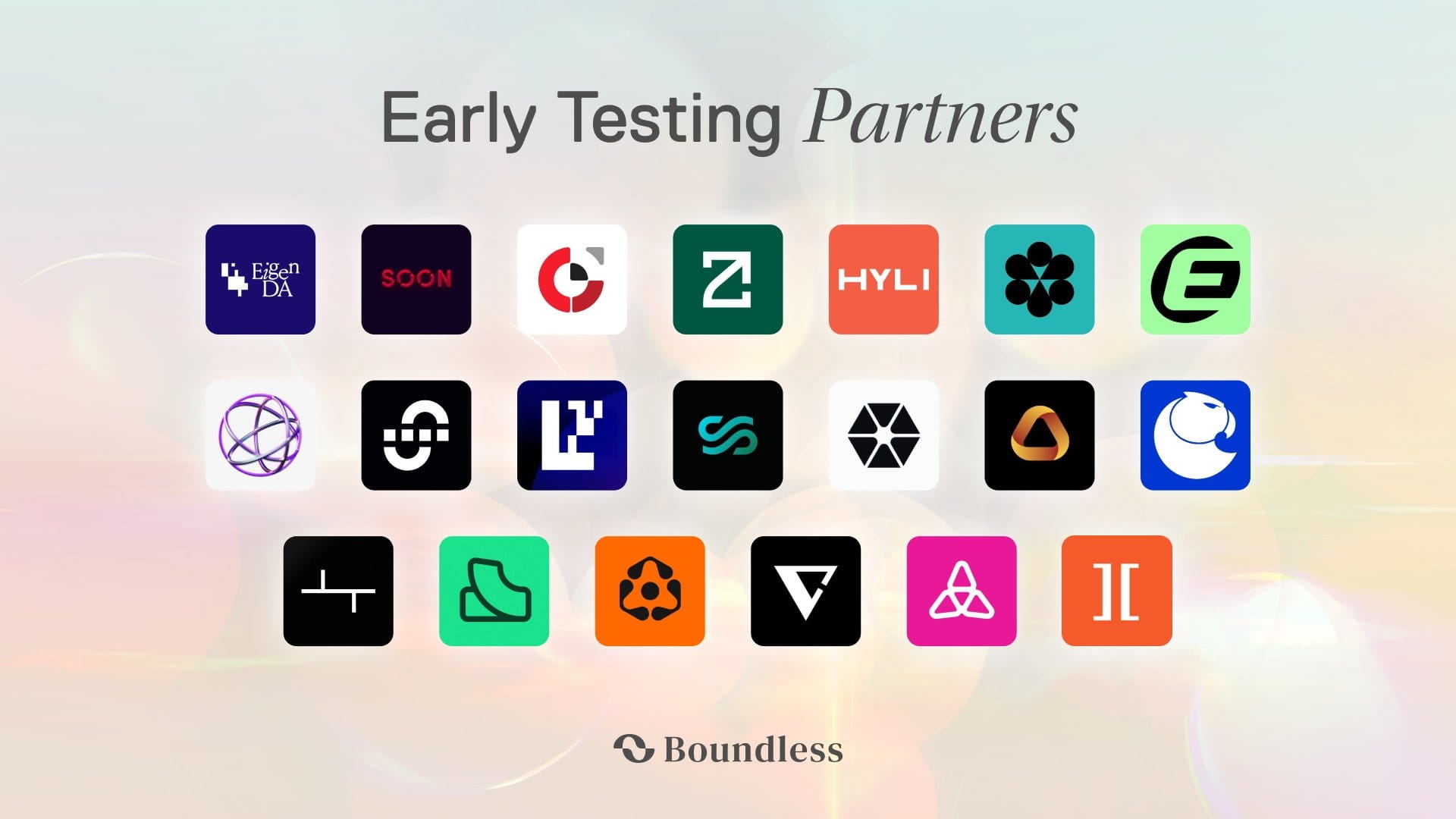In the world of AI, there are two facts: it is becoming more powerful and increasingly difficult to trust.
You never know if the model has been tampered with, if the results are fabricated, or if the data has been leaked. In this era of 'intelligent proliferation,' Boundless has chosen a different path—
using zero-knowledge proofs (ZK Proof) to make the computational process of AI verifiable, trustworthy, and reusable. This is not just a technological crossover but a fusion at a civilizational level.

1️⃣ The 'black box' dilemma of AI
The larger the AI model, the more it resembles an opaque black box.
When you ask it questions, observe its reasoning, and use its outputs to drive financial or governance systems,
You can only 'believe' that it is correct, but cannot 'verify' why it is correct.
This is especially dangerous in the on-chain world.
Because blockchain emphasizes 'verifiability'—all data and logic must be provable.
The opaque characteristics of AI conflict with the transparent logic of blockchain.
Boundless is precisely at the intersection of these two technologies.
2️⃣ How Boundless's ZK technology intervenes in AI
The underlying zkVM of Boundless can perform arbitrary computations and generate a 'verifiable proof' after the computation is complete.
this proof does not contain sensitive data, but can prove that the computation was indeed executed as expected.
In simple terms,
Boundless allows an AI model to run off-chain,
and then generate a mathematical proof to demonstrate that the model truly arrived at that result.
Anyone can verify this proof without having to access the original model or data.
This is what is referred to as 'ZK-verified AI'.
3️⃣ Why is this revolutionary?
Because this means:
You don't need to trust the model provider, nor do you need to expose training data.
You only need to verify the proof of Boundless to determine that the result is trustworthy.
For example:
A decentralized credit assessment system wants to use an AI model to calculate loan risk.
In traditional methods, users had to trust that the model provider would not cheat.
But under the Boundless system, every step of AI reasoning can generate a verifiable proof.
After the system verifies the proof, it can confirm that the result is obtained through real computation.
This will fundamentally change the trust logic of Web3.
4️⃣ What does 'verifiable intelligence' mean?
Boundless expands the concept of computational verification to the intelligent level.
In the past, we verified 'blocks'.
Now, we can verify 'intelligent behavior'.
This verifiable intelligence has several direct values:
Counterfeit prevention: ensuring that model outputs truly come from specific algorithms;
Privacy protection: data stays within the domain while still participating in inference;
Trustworthy decisions: when using AI in finance, governance, and other fields, results can be verified.
This makes Boundless a 'trust bridge' between the Web3 and AI worlds.
5️⃣ Potential AI application ecosystem of Boundless
In the future, any on-chain project that relies on AI may connect to Boundless:
• AI-driven DeFi protocols: using Boundless to verify the execution process of strategies, ensuring that trading strategies have not been tampered with.
• On-chain AI market: model providers generate ZK proofs through Boundless, allowing buyers to confirm the reliability of the model.
• Decentralized AI audits: project parties can allow third parties to use Boundless to verify whether the AI's decision logic is fair.
• Integration of AI and identity systems: using zero-knowledge methods to prove that you have indeed passed the AI review without exposing original information.
In these scenarios, Boundless acts like a 'computational trust engine'.
6️⃣ Economic Impact: New demand scenarios for ZKC
AI reasoning verification will bring a huge computational load, which is exactly Boundless's market advantage.
Every AI reasoning may become a proof generation task,
and each task requires collateral, bidding, and reward distribution.
ZKC will thus gain new usage demands:
It is no longer just a token within the ZK network, but a settlement currency for AI verifiable computing power.
As AI-driven applications increase, the Boundless network becomes more active, and the value support for ZKC becomes stronger.
7️⃣ Risks and challenges: balancing computing power and latency
Of course, the computational load of AI is far greater than that of ordinary blockchain logic.
The cost of generating zero-knowledge proofs remains high, and Boundless needs to optimize zkVM performance.
It may even introduce GPU clusters or hierarchical computing mechanisms.
Allowing verification and generation to run in parallel more efficiently.
This is a long-term technical challenge, but the direction is undoubtedly correct.
8️⃣ Summary: Boundless opens a new era of 'trusted intelligence'
What Boundless represents is not a simple stacking of technologies,
but a paradigm shift: from 'centralized intelligence' to 'verifiable intelligence'.
AI makes machines smart, ZK makes machines trustworthy.
And Boundless brings these two together for the first time.
When humans no longer blindly trust algorithms but can verify them;
When every intelligent decision can be mathematically proven;
At that time, we will enter not just the AI era,
but a brand new, verifiable intelligent civilization.@Boundless #Boundless $ZKC

